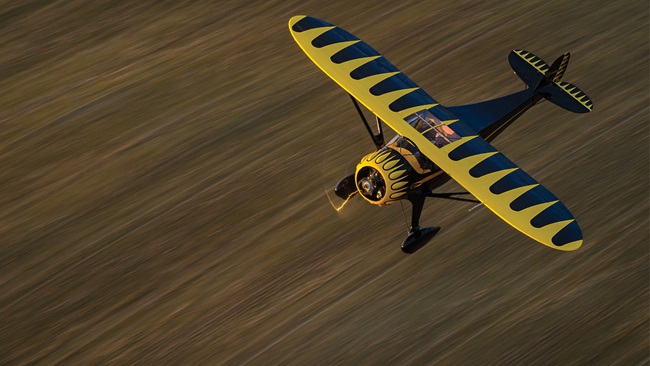Virgin Galactic resumes flight tests
'Unity' aloft for first time
Virgin Galactic has resumed flight tests less than two years after a catastrophic failure attributed to human error claimed the co-pilot’s life and delayed the dream of launching civilians into space. Virgin Spaceship Unity, the product of a collaboration between Virgin Galactic; its subsidiary, The Spaceship Company; and Scaled Composites of Mojave, California, flew for the first time Sept. 8, securely attached to its mother ship.
Mark Stucky and Dave Mackay were in the cockpit of Unity for the flight lasting 3 hours and 43 minutes, carried aloft by the mother ship VMS Eve flown by Mike Masucci and Todd Ericson supported by flight test engineer Wes Persall. This was the first test of Unity, which was already being built when the Oct. 31, 2014, accident took the life of the test flight co-pilot, whose premature deployment of the ship's re-entry configuration led to an in-flight breakup, and seriously injured the pilot. The NTSB determined in July 2015 that the accident was caused by engineers' failure to adequately consider human factors, and to prevent through system design and pilot training the premature activation of a “feather” system that dramatically increases drag. The feather system allows the spaceship to fold its body nearly in half, and facilitates a (relatively) low-speed, low-temperature re-entry from space. When activated at speed and under rocket power in the atmosphere, it quickly led to catastrophic structural failure.
“We need to keep working on what it takes to make this vehicle live a lifetime,” Moses said, noting each ship was expected to fly hundreds of missions in its service life. Much attention has been paid to the details, he said. “It really is, at the end of the day, a hand built spaceship.”
The company, in an online announcement, expressed a cautious approach to further testing, with plans to “analyze a mountain of flight data” gleaned from the flight before proceeding.
“Only when that analysis is done, along with detailed vehicle inspections, some already-planned work, and potentially more captive carry flights, will we be ready to move into the next phase of test flight,” the company stated.
AOPA visited the factory in 2015, getting a close look behind the scenes as the company worked to resume flight tests. More than 700 people have reportedly signed up for the suborbital space flights on offer at dates to be determined.




